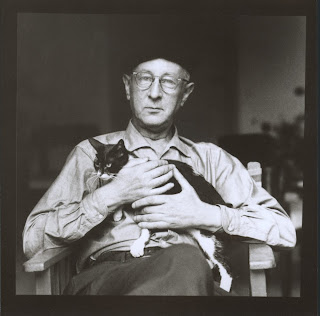Transformations
Chrysanthemums, 1878
By Claude Monet
In January 1890 Puccini received word of the death of his friend, Prince Amadeo di Savoia (Duca d’Aosta and King of Spain (1870–1873)). In a single evening he composed an elegy for string quartet in memory of his friend, titling it Crisantemi (“Chrysanthemums”), the name of the traditional Italian flower of mourning. Around the same time, possibly in 1890 as well, Puccini also wrote Tre Minuetti (“Three Minuets”) for string quartet. The first minuet was dedicated to Augusta Vittoria di Borbone, Princess of Capua; the second to “the distinguished violinist” Augusto Michelangeli; and the third to the conductor, Puccini’s lifelong friend, Paolo Carignani.
While Crisantemi is by far the most programmed of Puccini’s quartet pieces, it is not often noted that it is intimately related to the lesser known Tre Minuetti. Superficially, all four pieces are for string quartet; all were composed at about the same time early in Puccini’s career, before his most celebrated operas; all are dedicated to people of note that Puccini was close to; and all, unsurprisingly, share the common ternary A-B-A thematic structure traditionally associated with da capo arias and minuets. But the deeper relationship of all four pieces only becomes apparent when we consider that, between 1890 and 1893, Puccini was composing Manon Lescaut, the opera that gave him his first great success.
Whatever the chronological relationship of the string pieces to one another and to the opera, it is indisputable that thematic material from all four quartet pieces shows up prominently in the opera. Puccini used parts of the first and third minuets in Act II; the first theme of the second minuet was transformed into the orchestral introduction for the opera; and some of the most poignant moments in Acts III and IV of Manon Lescaut are based on themes from Crisantemi.
But before the opera – before the book, the libretto, the costumes, the scenery – in the string quartet works alone there is still an operatic magic in this music. Listening to Crisantemi, it is not necessary to envision the prison duet between the ill-fated lovers when the second theme is introduced, or, while listening to Crisantemi’s first theme, to imagine Manon and des Grieux wandering to their death in the Louisiana wilderness.
 |
| Manon Lescaut By Maurice Leloir, 1892 |
Still ....
Even without the story, all four of these brief works come across as dramatic narrative – as operatic.
Puccini, Crisantemi
Miró Quartet
Ottawa Chamber Music Festival, July 30, 2013





Comments
Post a Comment